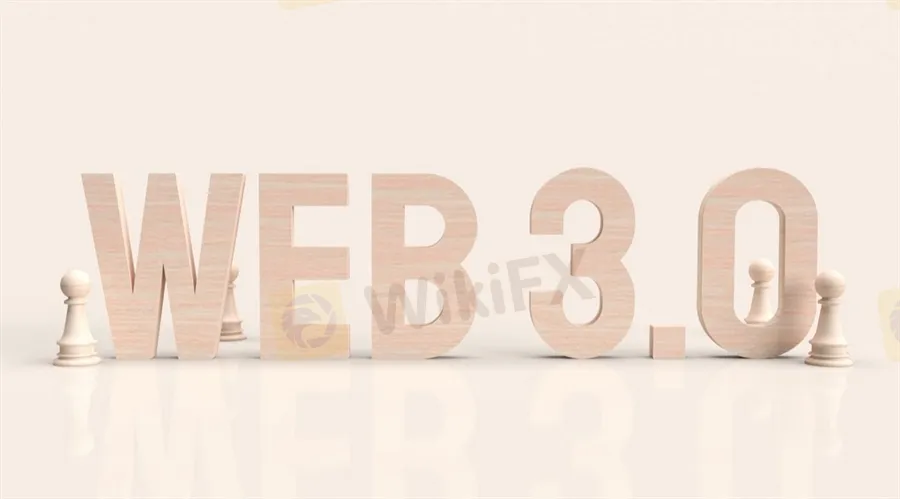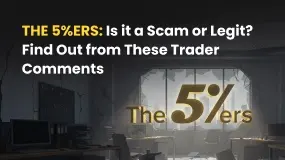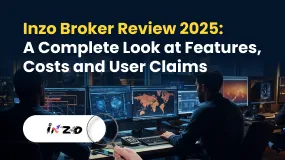简体中文
繁體中文
English
Pусский
日本語
ภาษาไทย
Tiếng Việt
Bahasa Indonesia
Español
हिन्दी
Filippiiniläinen
Français
Deutsch
Português
Türkçe
한국어
العربية
The Web3 Bubble is a Revolution in the Making
Abstract:A lot of people say it doesnt even exist yet, but web3 is still getting a lot of attention.

It‘s one of the most popular phrases being bandied around by Silicon Valley execs, with some of the world’s best known tech entrepreneurs arguing over its very definition. Its attracting huge amounts of money too, with investors injecting an incredible $30 billion into web3 startups over the last year. Celebrities are scrambling to jump on the bandwagon, paying millions of dollars to acquire the rights to cartoon apes and other digital tokens to represent themselves on social media.
With so much money being thrown around the web3 space recently, there‘s been a lot of talk of a bubble emerging. O'Reilly Media founder Tim O’Reilly, the man who coined the phrase “web2” many eons ago, penned a recent blog post in which he stated web3 is almost certainly in a bubble and that its way too early to get excited about the idea just yet. His thoughts were echoed by a similar article in the Financial Times and by bloggers such as CoinYuppie, to name just a few. The “web3 bubble” has often been likened to the “Dot.com bubble” that occurred in the late 1990s, when hundreds of highly valued Internet startups collapsed virtually overnight following years of growing investment in the then-nascent industry.
What‘s interesting about web3 is that it’s able to attract so much money despite most people not even being able to agree on exactly what it is. The term “web3” is shorthand for Web 3.0, which is usually, but not always, spelled with a capital “W”.
The idea is this: Web 1.0 was the original Internet that first emerged with the development of web browsers in the early 1990s and the first static websites that were mostly just informational. Web 2.0 emerged around a decade later with the rise of Internet giants such as Google and Facebook and concepts like social media.
Now, we‘re said to be on the cusp of Web 3.0, which is a vision of a future Internet where control of data, and therefore ownership, is more democratic. For many of its proponents, web3 represents a new and positive trend in the Internet’s evolution, one which will be more decentralized and lean heavily on things such as blockchain, NFTs, cryptocurrencies and the much-vaunted metaverse. Itll be an Internet where users have full control over their data and personal information, and a much higher degree of anonymity.
The idea of web3 was first introduced by the Ethereum co-creator Gavin Wood, who now heads up the Polkadot blockchain. His simple definition of web3, which he described back in 2014, is of an Internet with “Less trust, more truth”.
The Dot.com Bubble
It‘s not really surprising that many people equate the rise of web3 with the infamous dot.com bubble. It was a fairly momentous event that’s still in living memory for many of us. It was one of the craziest bubbles of recent times. From 1995 until 2000, investors poured millions of dollars into new Internet startups, believing they were on the verge of a new digital era. At one point during the bubble, the Internet sector grew by over 1,000% in just two years, equaling almost 6% of the U.S.s entire market capitalization and accounting for 20% of all its publicly traded equity volume.
With such incredible gains to be had, thousands of people borrowed money to invest in early-stage Internet firms to take advantage of that stunning growth.
It all came crashing down though. As with all bubbles, the result was a bloodbath, with the NASDAQ index hitting a peak score of 5,048.62 on March 10, 2000, before subsequently losing almost 80% of its value in the next two years. Numerous overvalued firms, most famously Pets.com, went out of business as the market lost over $7 trillion in value.

Disclaimer:
The views in this article only represent the author's personal views, and do not constitute investment advice on this platform. This platform does not guarantee the accuracy, completeness and timeliness of the information in the article, and will not be liable for any loss caused by the use of or reliance on the information in the article.
Read more

Inzo Broker Review 2025: Is It Legit or a High-Risk Gamble?
When you ask, "Is inzo broker legit?" you want a clear, straight answer before putting your money at risk. The truth about Inzo Broker is complicated. Finding out if it's legitimate means looking carefully at its rules, trading setup, and most importantly, the real experiences of traders who have used it. The broker shows a mixed picture - it has official paperwork from an offshore regulator, but it also has many user warnings about how it operates. This review gives you a fair and fact-based investigation. We will break down all the information we can find, from company records to serious user complaints, so you can make your own clear decision.

Uniglobe Markets Review 2025: A Complete Guide to an Unregulated Broker
Uniglobe Markets claims to be an online trading company that offers many different types of investments, including foreign currency and raw materials. The company tries to attract traders by offering high leverage, different account options, and popular MetaTrader trading software. However, there is one major problem: the company does not have proper regulatory oversight. This creates serious concerns about the safety of clients’ capital and whether the company operates honestly. Read on to learn more about its regulatory status.

The 5%ers Review: Is it a Scam or Legit? Find Out from These Trader Comments
Did you face reduced leverage and hiked fees without any explanation from The 5%ers broker? Do you find The 5%er rules strange for getting a funded account from this prop trading firm? Has the broker closed your trade inappropriately, preventing you from making gains in the forex market? All these allegations have dominated The 5%ers review segment online. Looking at this, the WikiFX team investigated and found some startling comments against the broker. In this article, we have shared those complaints. Read on!

Inzo Broker Review 2025: A Complete Look at Features, Costs and User Claims
Inzo Broker presents itself as a modern forex and CFD broker, started in 2021 and registered in Saint Vincent and the Grenadines. At first glance, it offers an attractive package for traders: access to the popular MetaTrader 5 (MT5) and cTrader platforms, different types of accounts for various budget levels, and a wide selection of assets to trade. These features are made to attract both new and experienced traders. However, a closer look shows a big difference between these advertised benefits and the real risks. The broker works under an offshore regulatory system, which gives limited protection to investors. More importantly, Inzo has collected many serious user complaints, especially about withdrawing funds and changing trading conditions unfairly. This mix of weak oversight and serious user claims creates a high-risk situation that potential clients must carefully think about. This review will break down these parts to give a clear, fact-based view.
WikiFX Broker
Latest News
Is Fyntura a Regulated Broker? A Complete 2025 Broker Review
Zetradex Exposed: Withdrawal Denials, Account Freeze & Bonus Issues Hurt Traders
Is Forex Zone Trading Regulated and Licensed?
PINAKINE Broker India Review 2025: A Complete Guide to Safety and Services
Exness Restricted Countries List 2025 Explained
Is Uniglobe Markets Legit? A 2025 Simple Guide to Its Safety, Services, and User Warnings
Is Inzo Broker Safe or a Scam? An Evidence-Based Analysis for Traders
WikiEXPO Dubai 2025 “Welcome Party” Kicks Off Tonight!
He Trusted a WhatsApp Group and Lost RM659,000
Moomoo Singapore Opens Investor Boutiques to Strengthen Community
Currency Calculator



